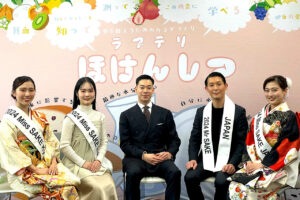
PR
Every year in KyotoEvents are held at various temples, shrines, and places during the Tanabata Festival of the lunar calendar.
According to the National Astronomical Observatory of Japan,Tanabata in the lunar calendar is the seventh day counting from the day including the moment of the first lunar month (new moon) closest to the first heat of the year, which is the day including or before the first heat of the 24th solar term.The moon is said to set before midnight on that day. The day has a high percentage of clear skies and the moon sets before midnight,Easy to see the Milky WayThat's what it means.
One of the most representative events of the lunar calendar is the "Kitano-Tenmangu Shrine" at Kitano Tenmangu Shrine, which is famous as the god of learning.Kitano Tanabata FestivalIn the "In.Sugawara Michizane, the god of the festival, composed a poem on Tanabata day.In honor of this, the Shofu inkstone, pitcher, and tub, which are said to have been Michizane's favorite, are placed in front of the shrine, and seasonal vegetables such as leaves of paper mulberry, eggplant, and cucumber, somen noodles, and Mitarashi dumplings are offered on either side of the inkstone, instead of tanzaku, to pray for good health and good fortune. The "Mitarashi River Adding Lantern Ceremony" and the "Gohonden Ishi-no-Ma Strolling through the Stone Hall Ceremony" are also held.
When I visited the precincts of the shrine, I found that bamboo grass decorations had been set up here and there. The bamboo leaves and five-color strips of paper swaying in the wind were cool to the eye.
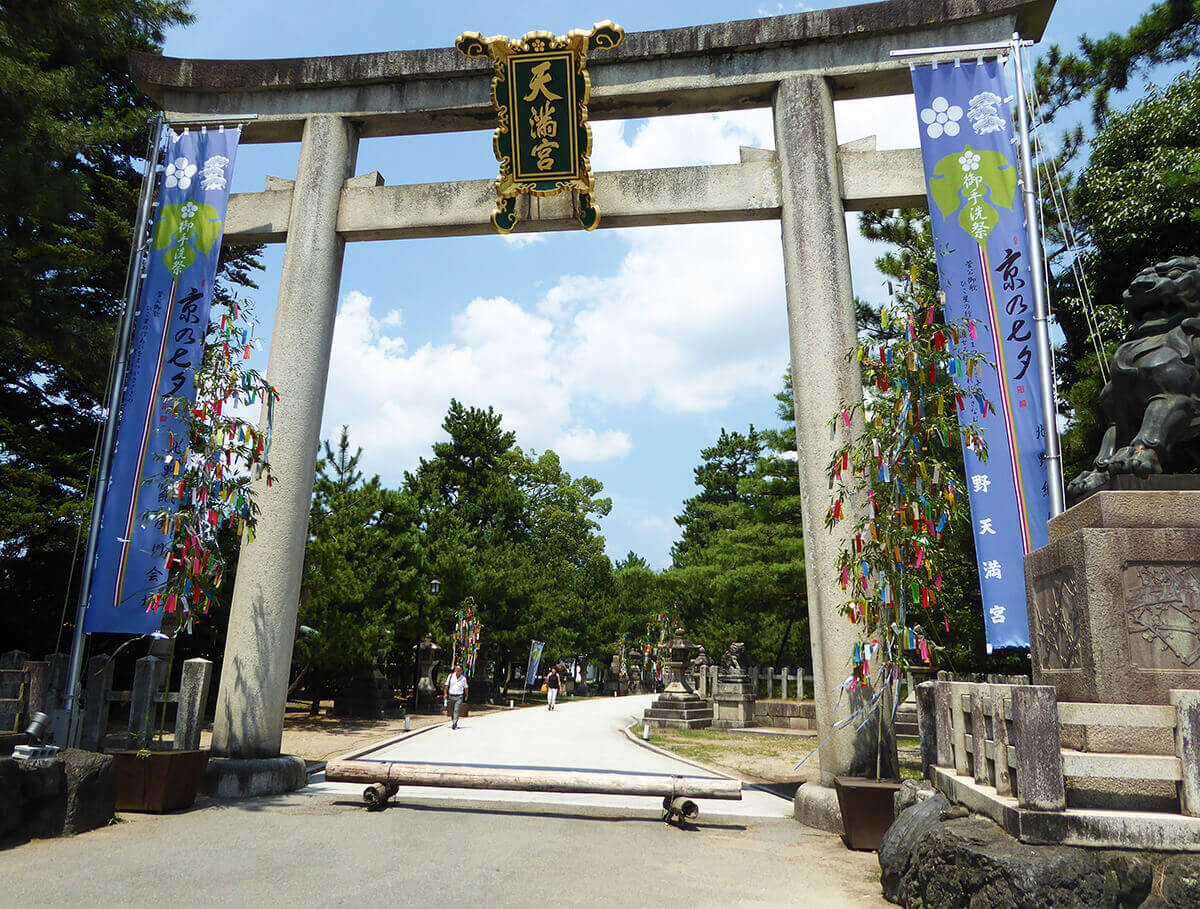
Torii gate of Kitano Tenmangu Shrine
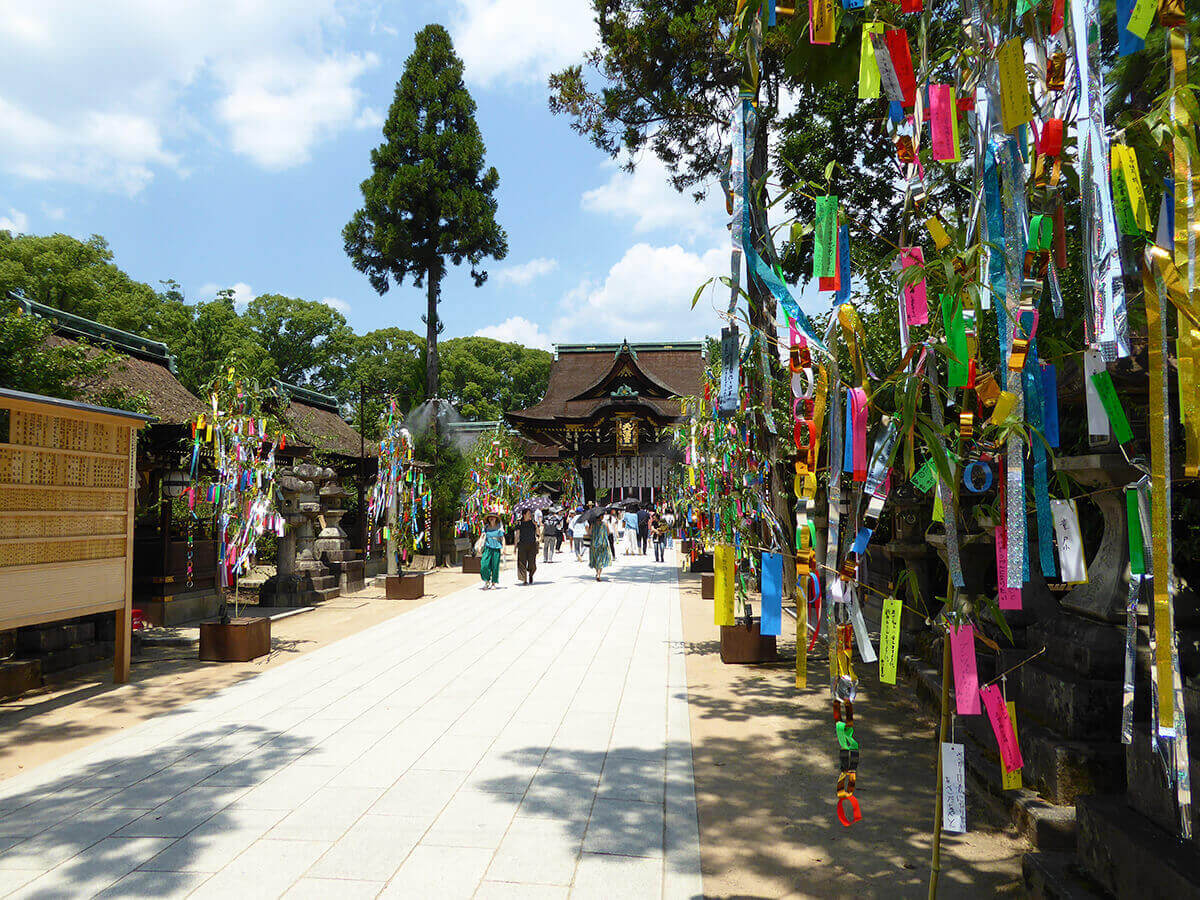
Precincts of Kitano Tenmangu Shrine and Tanabata decorations
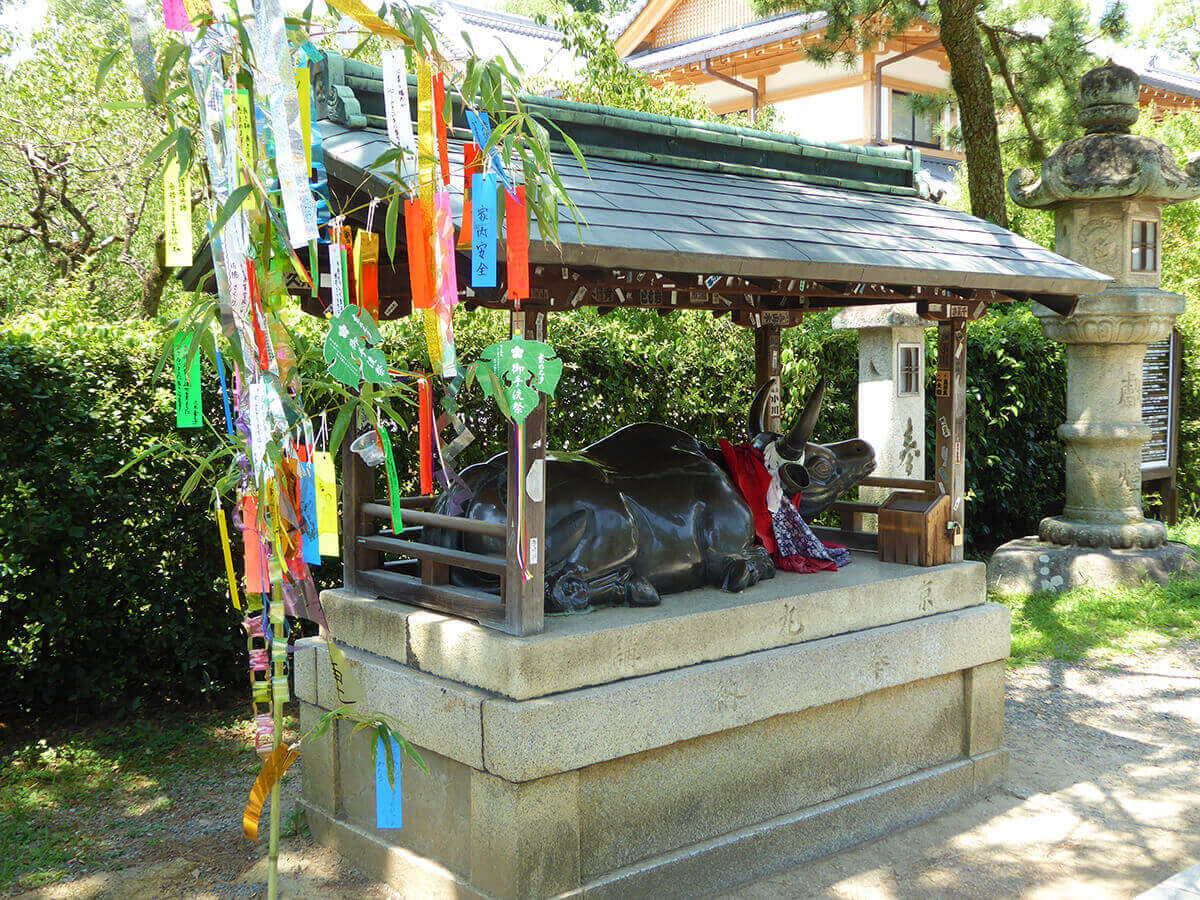
Cows and Tanabata decorations at Kitano Tenmangu Shrine
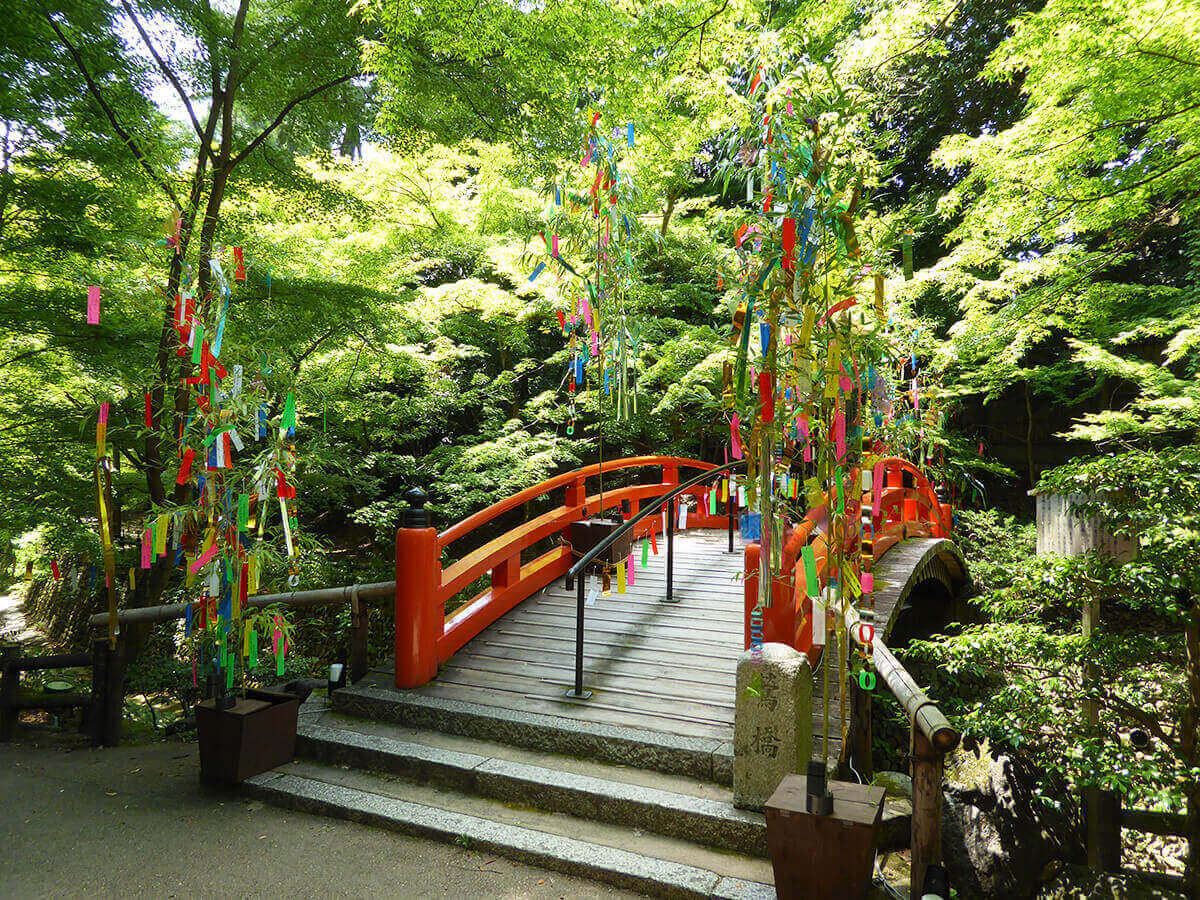
Uguisubashi Bridge and Tanabata decorations in the precincts of Kitano Tenmangu Shrine
At night, it will be illuminated until Thursday, August 16, creating an even more magical atmosphere.On the day we visited Kitano Tenmangu Shrine (August 5), a children's "cry-sumo" was being held. The event was held to pray for the healthy growth of children in honor of Tenjin-sama, the god of both literary and military arts, and the sound of cheerful crying echoed through the shrine grounds.
Walk around the temple grounds and pass through the middle gate called Sanko (moon, sun, and star) Gate. This gate hasThere are sculptures of the moon and sun, but no stars, and the gate is considered one of the seven wonders of Tenjin-san as a starless sankomon.(Also featured in "The Wonder of Tenjin-san's Plums and Cows.")
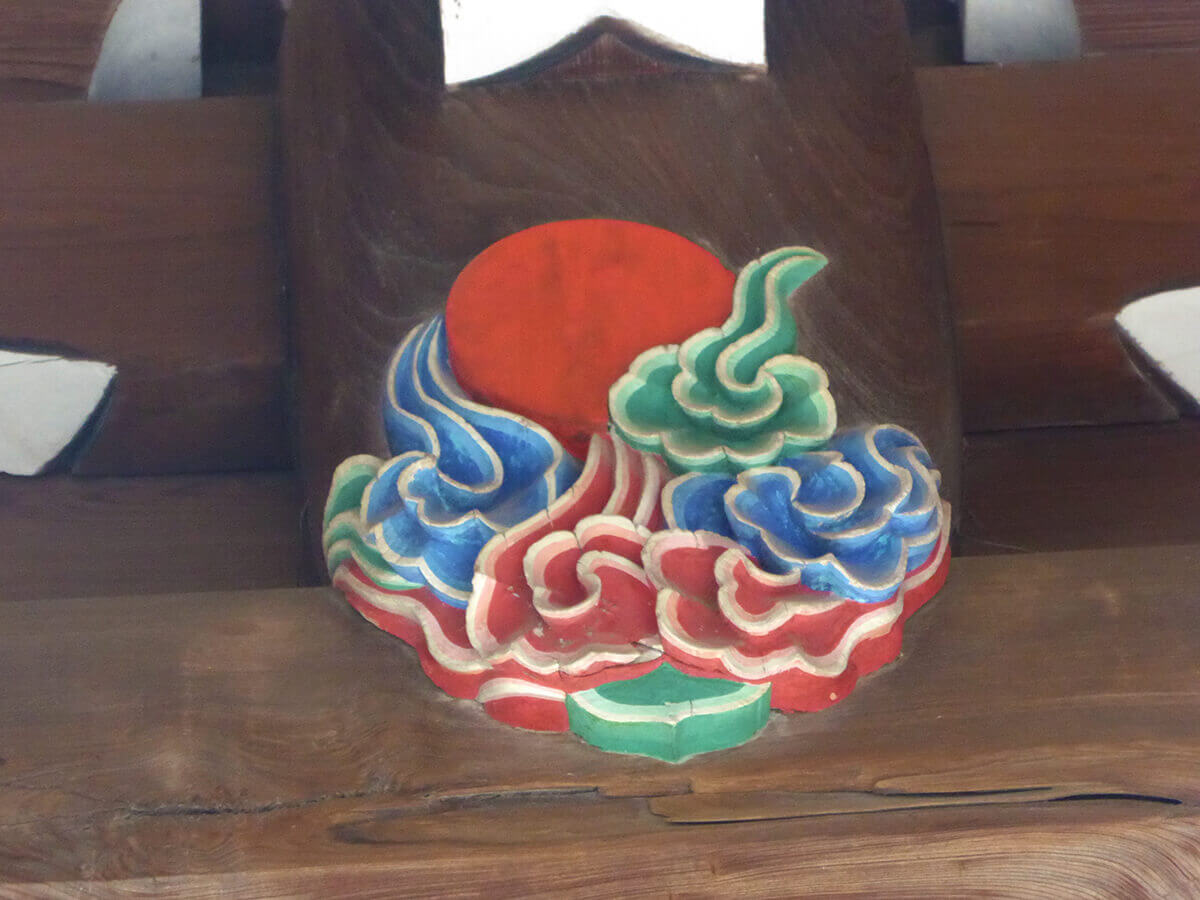
Sun (yang) sculpture at Sankomon Gate
This shrine was built in the Heian period (794-1185) at the "Tenmon" gate, which was located in the northwest dry from the Imperial Palace at that time. It is said that when the emperor prayed at this shrine, the North Star twinkled above the Sankomon, which is why there are no carvings of stars. This tradition is connected to the Sanshin belief that the sun, moon, and stars are related to the peace and security of the emperor, the people, and the nation,A sacred place filled with heavenly energyIt came to be worshipped as a
Also, recently, the "Star Festival (one of the five annual festivals)The festival is called "Tanabata Festival in the Lunar Calendar," and in addition to the Kitano Tenmangu Shrine, various Tanabata Festival events and activities can be enjoyed on the banks of the Kamo River, the promenade along the Horikawa River, Umekoji Park, and Okazaki Park.
Originally, the Tanabata event is said to be a fusion of the Chinese tradition of Kikkouden, a July 7th wish to the star Orihime for improvement in weaving and sewing, and the ancient Japanese belief in Tanabatatsume. Tanabatatsume was a maiden who wove by the waterside and performed misogi on the night of July 7, welcoming the gods.
During the Heian period, offerings were made at court, music was performed, and waka and poetry were composed,In the Edo period (1603-1867), the practice spread to the general public, and people put up decorations of bamboo branches at the eaves of their houses to wish for the improvement of their artistic skills.It has become. Today, not only weaving, sewing and arts,Various wishes are entrusted to strips of paper.Since ancient times, it has been believed that the bamboos (bamboos) that grow straight up to the sky have spiritual power,the sound of leaves brushing against each other reaches heavenIt is said that Also, because bamboo grass and bamboo leaves have strong bactericidal properties,They ward off evil and evil spirits.I could believe that.
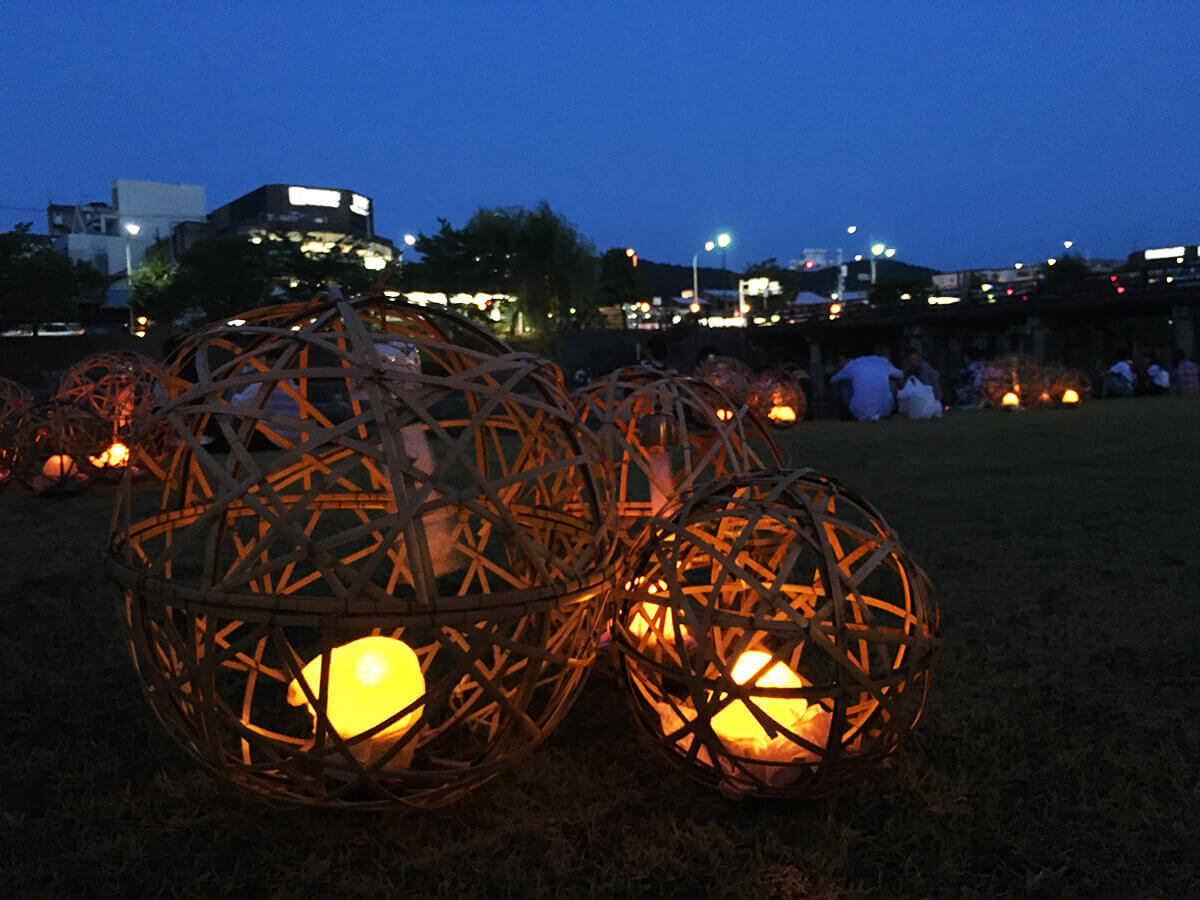
I found it at the Kamogawa River site of the Tanabata Festival in Kyoto,
Wind chime lights incorporating traditional bamboo basket techniques
Incidentally, there is a custom to eat somen noodles on Tanabata. It is said to imitate the Milky Way and the weaving thread of the weaver princess. The colored somen is said to be a good omen against bad luck, as it is compared to the five colors on the tanzaku strip of paper.
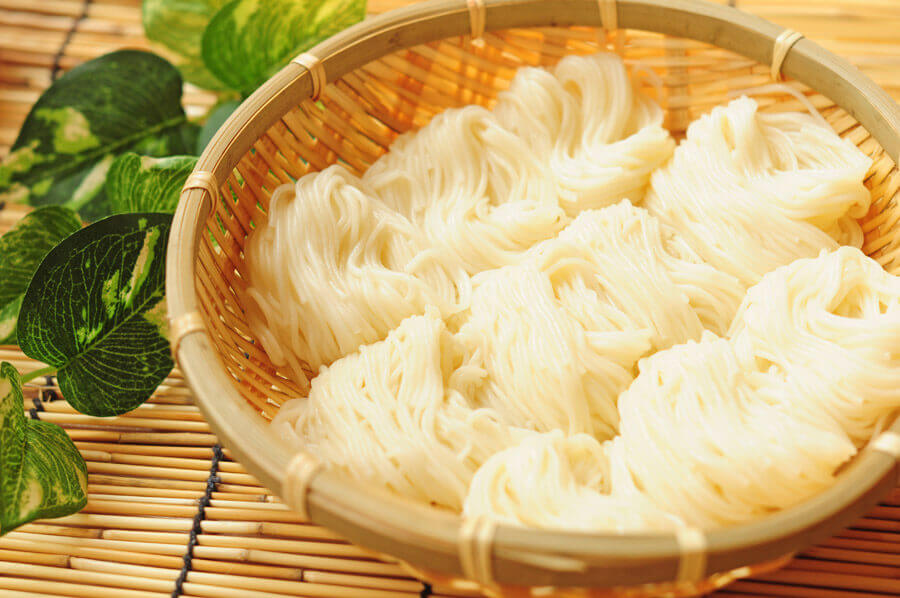
Somen (Free Image)
In 2018, the "Traditional Tanabata" of the lunar calendar (lunar calendar) falls on August 17.The National Astronomical Observatory of Japan is promoting the seventh day of the seventh lunar month as the traditional Tanabata, because the Milky Way is often not visible on July 7 due to the rainy season. On the traditional Tanabata, we wish for the coming of autumn and good health for the year ahead while admiring the bamboo branch decorations and the Milky Way in front of the Hoshikakumon gate of Kitano Tenmangu Shrine, which is said to be full of energy.
Tradition that exists everywhere in the city of Kyoto. It is not just a picture, it is secretly alive in this modern age and continues to coexist with people. The two of Office TO, who previously wrote a series of articles "Kyoto's Demon World Exploration" in the monthly magazine Leaf, explore the mysterious "different" world of Kyoto, which was created over 1200 years. I will unravel the story while actually visiting the place. .
 News
News Feature article
Feature article Featured event
Featured event